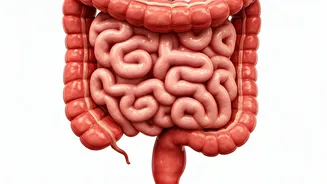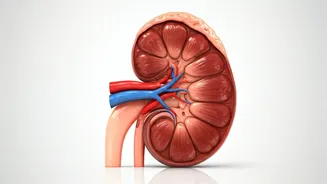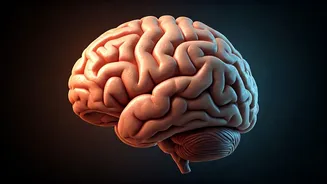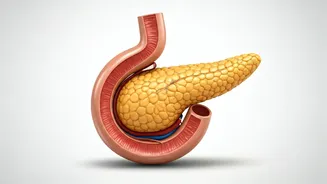The Silent Sentinel
Your toilet, often overlooked, can be a silent sentinel, offering valuable clues about your health. The frequency, consistency, and color of your bowel
movements are vital indicators. Paying attention to these seemingly mundane aspects can help you identify potential health problems early on, allowing for timely intervention. This article aims to decipher the messages your body sends through its waste disposal process, providing you with a deeper understanding of your overall well-being. Regular monitoring is key to understanding what is normal for you and noticing any changes that might signal a problem. Being aware of the usual patterns allows for early detection of potential issues. So, the next time you visit the bathroom, remember that you're not just taking care of a bodily function; you're also gathering data about your health.
Decoding Bowel Movements
Bowel movements, when analyzed, provide a wealth of information about your health. Stool consistency can range from hard, pebble-like formations to loose, watery stools. Hard stools can signify constipation, potentially stemming from dehydration or a lack of fiber in your diet. Conversely, loose stools may point towards diarrhea, possibly due to infections, food sensitivities, or stress. Color variations also matter. A healthy stool is typically brown, but its shade can fluctuate. Green stools may suggest that food is moving through your digestive system too quickly, not allowing time for bile to break it down. Black stools may indicate bleeding in the upper digestive tract, necessitating immediate medical attention. Yellow, greasy stools could be a sign of excess fat, possibly due to a problem with the absorption process. Being aware of these indicators enables you to react appropriately and seek guidance from healthcare experts when needed, promoting an improved state of health.
Urine's Unspoken Secrets
Urine, another frequently ignored aspect of your health, can also unveil significant health information. The color of your urine is a useful indicator. Pale yellow urine generally signifies proper hydration. Dark yellow urine may suggest dehydration, encouraging a greater fluid intake. Cloudiness or the presence of blood should prompt an immediate consultation with a healthcare professional. Aside from color, frequency also holds value. Frequent urination might indicate a urinary tract infection, diabetes, or other underlying problems. The urgency of urination can also provide clues, with sudden and intense urges possibly pointing to bladder issues. Understanding these signals allows you to take necessary action and seek guidance. Regular monitoring of urine characteristics can serve as a simple yet effective tool for maintaining optimum health and well-being. It helps in recognizing possible health problems as early as possible.
Diet and the Flush
Your diet significantly impacts what ends up in your toilet. The fiber content in your food profoundly affects stool consistency. Fiber-rich foods like fruits, vegetables, and whole grains promote regular bowel movements and can prevent constipation. Conversely, a diet low in fiber might contribute to irregular bowel patterns and digestive discomfort. Certain foods can change the appearance of your waste. For instance, beets can turn urine and stools red, while excessive dairy might cause loose stools in lactose-intolerant individuals. By observing how different foods affect your bowel movements, you can learn to personalize your diet to support digestive health. Consider keeping a food diary to correlate what you eat with its effects on your body. This active approach can improve digestive wellness and can give you an understanding of your body's unique requirements.
When to Seek Help
Although your toilet can reveal valuable health information, it's essential to understand when to seek professional help. If you notice any drastic changes in your bowel habits, such as persistent diarrhea, constipation, or unexplained blood in your stool or urine, consult a doctor immediately. Other warning signs include significant changes in the color or odor of your urine or stools, accompanied by abdominal pain, nausea, or fever. These symptoms may suggest an underlying medical condition needing diagnosis and treatment. Early intervention is often key to effective treatment. So, be proactive in recognizing concerning symptoms and seek professional advice when necessary. Maintaining open communication with your healthcare provider will contribute to better health results and allow for prompt action when required.











